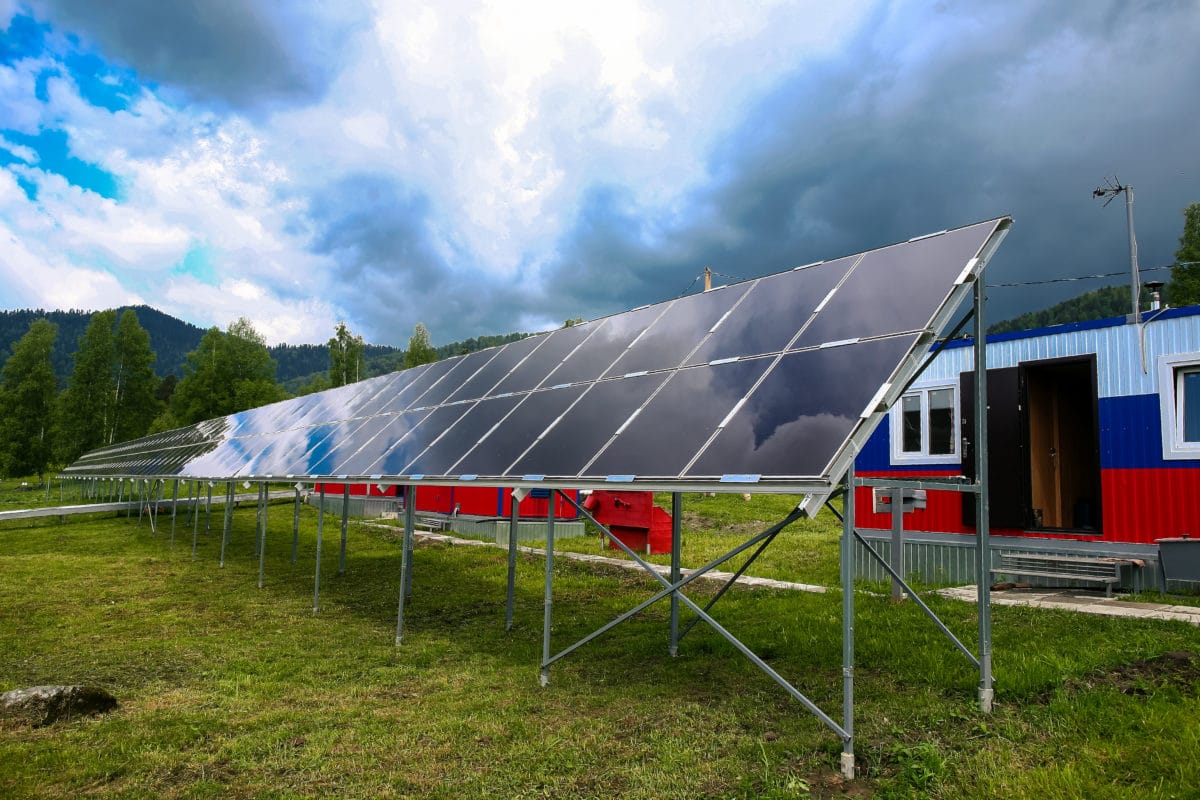Following multiple high-profile cases of PV installations damaged by strong winds, hail, and other extreme weather conditions, ensuring the ability to withstand everything the climate at a site will throw at a PV project in its 20-year-plus lifetime is high on the list of priorities for project stakeholders.
And the solar industry is rapidly evolving here. Testing standards are emerging to better simulate the effects of extreme weather, and assessments required by insurance providers and other project stakeholders are becoming more sophisticated. But there is still plenty that we don’t know about climate conditions and their potential effects on solar generation.
A research project led by the US Department of Energy's Sandia National Laboratories aims to fill this gap in knowledge by collecting and analyzing field data from operating PV plants, and referencing this with weather data to observe the impact of various weather events. Their latest paper, Evaluation of extreme weather impacts on utility-scale photovoltaic plant performance in the United States, has been published in Applied Energy.
The group analyzed data from more than 800 solar installations located in 24 U.S. states. They used various machine learning methods, details of which are publicly available for other research, to draw conclusions about the most damaging weather conditions.
Snow and hurricanes
Analysis of words used in maintenance found that ‘hurricane’ was the most frequently mentioned weather event, followed by snow, storm, lightning and wind. “Some hurricanes damage racking — the structure that holds up the panels — due to the high winds,” said Sandia researcher Nicole Jackson. “The other major issue we’ve seen from the maintenance records and talking with our industry partners is flooding blocking access to the site, which delays the process of turning the plant back on.”
Deeper analysis that also incorporated weather data from project sites found that snowstorms have the highest impact on PV production, a difference in output of 54.5% between ‘event’ and ‘non-event’ days. This also found that older solar projects are more vulnerable to extreme weather, potentially due to already being weakened by wear and tear.
Expansion plans
While it offers valuable insight into PV in extreme weather, the group notes that events causing major damage – such as hailstorms – may not be listed in maintenance records, as they would go straight to an insurance claim to document the damage.
The group now plans to extend the scope of its study to include wildfires and prolonged extreme heat, and also to look at impacts on the entire electricity grid, rather than PV installations alone. “This analysis improves our understanding of compound, extreme weather event impacts on photovoltaic systems,” Jackson and co-author Thushara Gunda conclude. “These insights can inform planning activities, especially as renewable energy continues to expand into new geographic and climatic regions around the world.”
This content is protected by copyright and may not be reused. If you want to cooperate with us and would like to reuse some of our content, please contact: editors@pv-magazine.com.




4 comments
By submitting this form you agree to pv magazine using your data for the purposes of publishing your comment.
Your personal data will only be disclosed or otherwise transmitted to third parties for the purposes of spam filtering or if this is necessary for technical maintenance of the website. Any other transfer to third parties will not take place unless this is justified on the basis of applicable data protection regulations or if pv magazine is legally obliged to do so.
You may revoke this consent at any time with effect for the future, in which case your personal data will be deleted immediately. Otherwise, your data will be deleted if pv magazine has processed your request or the purpose of data storage is fulfilled.
Further information on data privacy can be found in our Data Protection Policy.